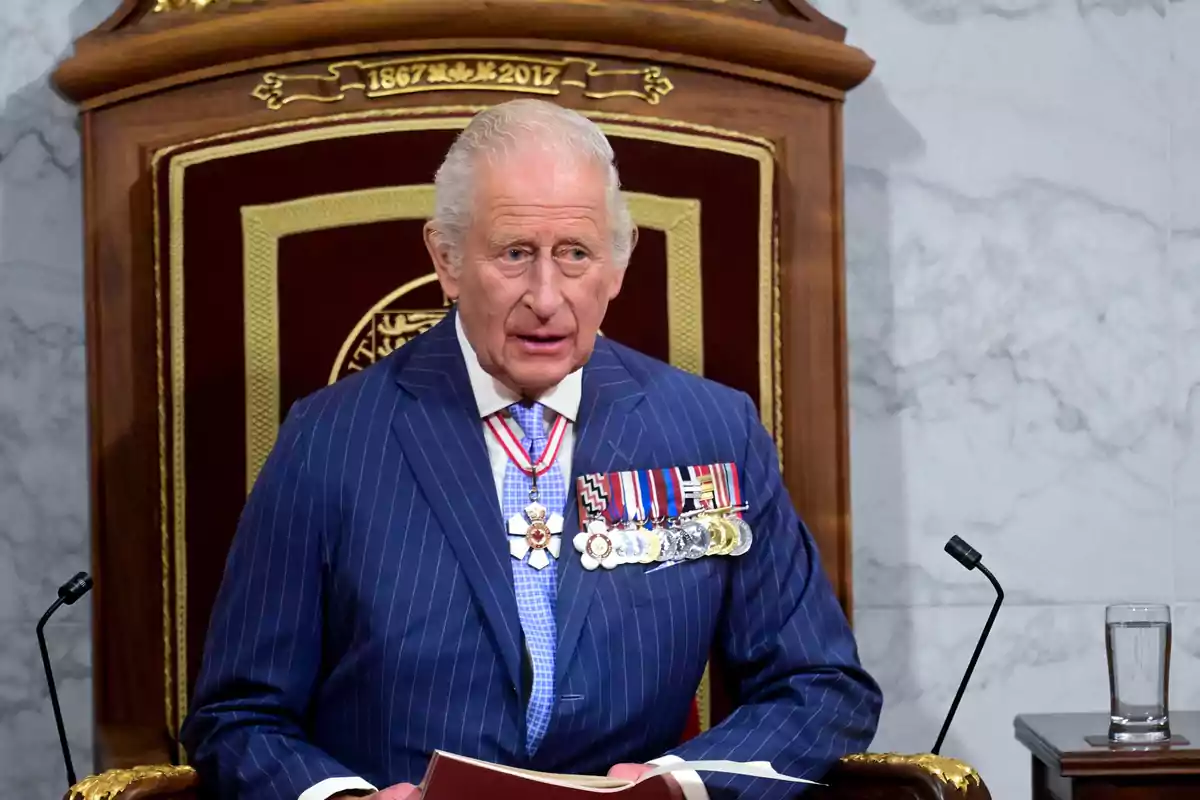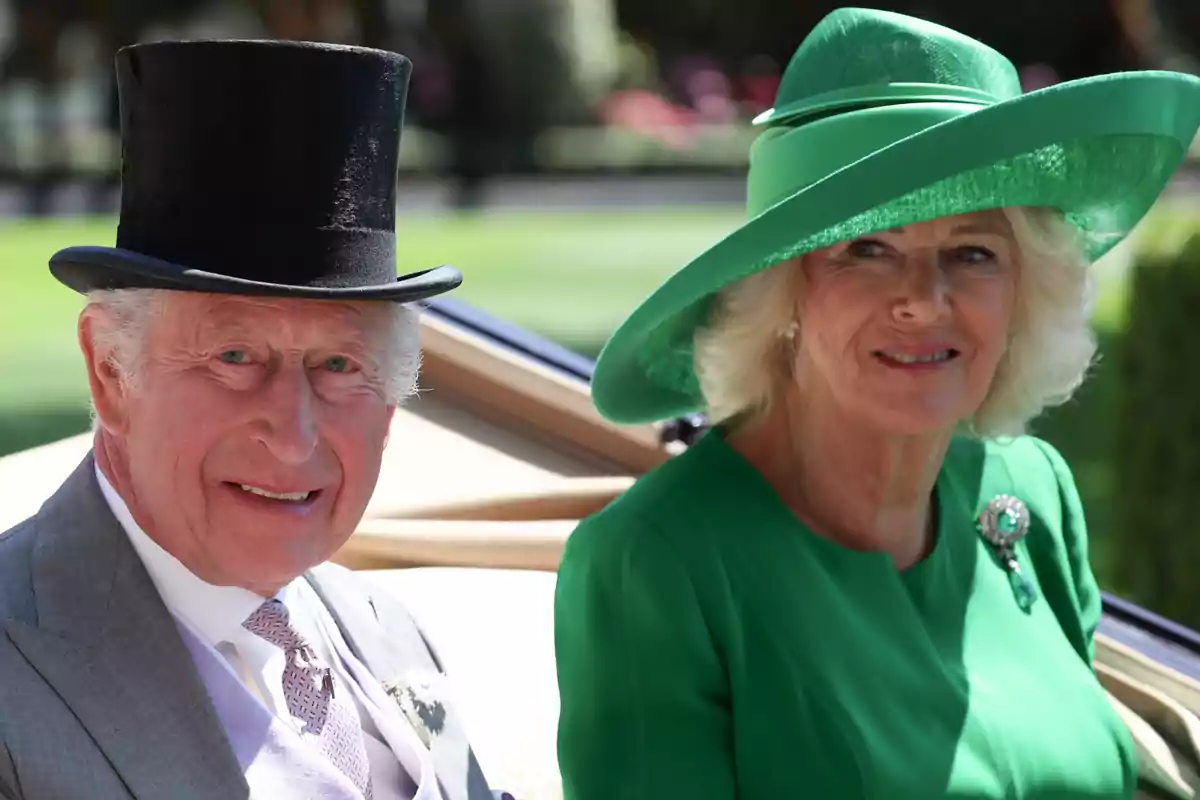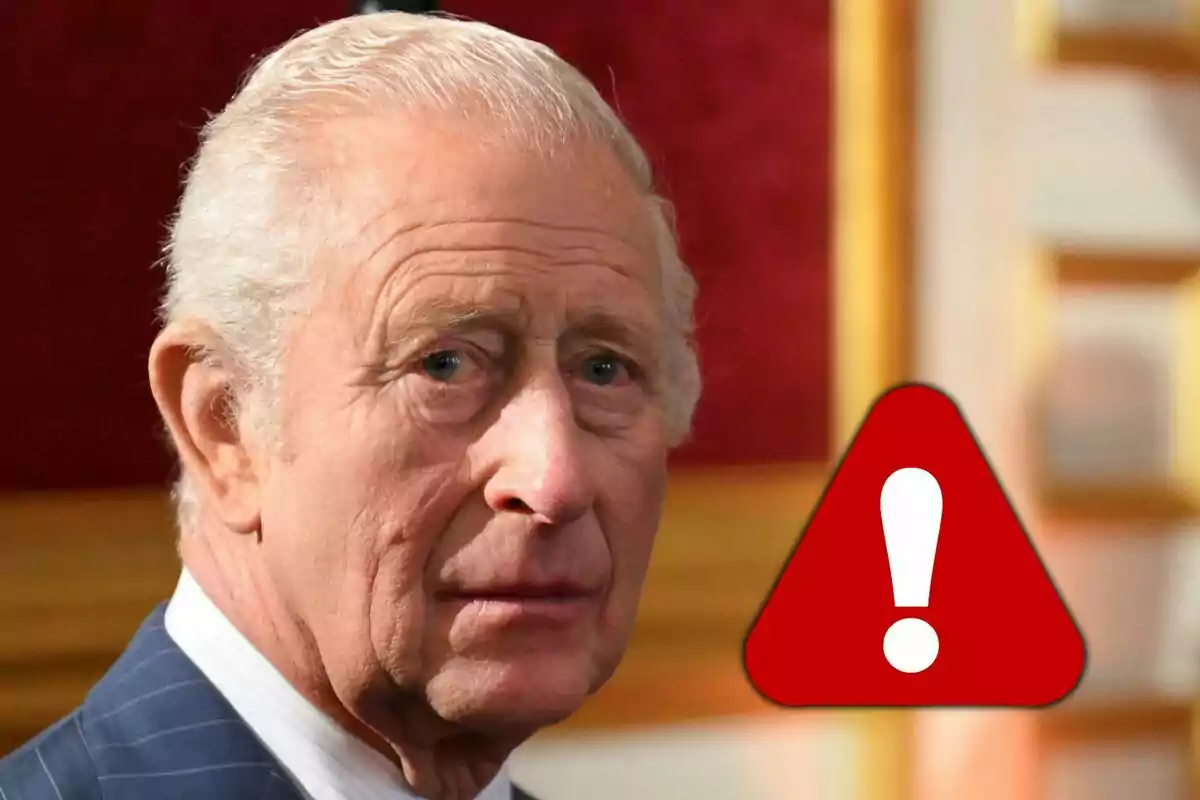King Charles III has accepted that it's time to dismantle the iconic British Royal Train. This historic tradition, which dates back to Queen Victoria, turned out to be too costly and needed a significant update. Buckingham Palace announced the decision on Monday, emphasizing that keeping it is no longer viable.
James Chalmers, the palace's finance chief, stated that one shouldn't be tied to the past. He explained that, just as the monarchy has modernized many of its aspects, it's also necessary to bid farewell to the train with respect. The goal is to manage funds with discipline and a forward-looking vision.

The royal train consists of nine carriages that are attached to commercial locomotives. Its dismantling will take place before the maintenance contract ends in 2027. This decision puts an end to a tradition started in 1869, when Queen Victoria commissioned the first special carriages for her journeys.
Royal finances: a balance between tradition and modernity
The announcement was made during the annual royal finance session with journalists. For the fourth consecutive year, the royal family will receive £86.3 million in public funding. Of this amount, £34.5 million will be allocated to the remodeling of Buckingham Palace, with a deadline of March 2026.
These funds come from the Sovereign Grant, which reserves 12% of the Crown's net income to cover official duties. The Crown is a portfolio of properties owned by the monarch during their reign, but managed professionally. The king can't freely dispose of these assets.
The management of these properties dates back to 1760, when King George III handed control to Parliament in exchange for a fixed payment. This reflects the feudal roots of Great Britain and how the monarchy has evolved in its finances. Nevertheless, the Crown remains a subject of public debate.

Charles III and the search for efficiency in the monarchy
King Charles III has committed to reducing costs and modernizing the institution. Buckingham Palace highlighted that the Sovereign Grant hasn't increased in four years. However, inflation has reduced its real value, which this year would have reached £106 million if adjusted.
In addition to the grant, the Crown raised £21.5 million in incomes of its own. This was due to a record number of visitors to Buckingham Palace and special visits to the renovated East Wing. The monarchy seeks to balance tradition with the need to be financially responsible.
Craig Prescott, a constitutional law expert, commented that the funding is modest compared to the state's total expenditure. He pointed out that the monarchy offers visible benefits and positions Great Britain on the world stage. He recalled events such as the coronation and Queen Elizabeth II's funeral, with great international impact.

Recent activities of the royal family
During the past year, Charles III traveled to Australia and took part in the Commonwealth Heads of Government Meeting in Samoa. It was his first summit as leader of this organization. In addition, the royal family attended historic commemorations, such as the 80th anniversaries of D-Day and Victory in Europe.
The royals also welcomed international leaders, such as those from Japan and Qatar, on official visits to the United Kingdom. In total, they made about 1,900 public appearances inside and outside the country. In addition, around 93,000 guests attended 828 events at the royal residences.
Thus, the British monarchy remains an active institution, though adapting to modern times. The dismantling of the train is just one more sign of its willingness to evolve and manage its resources prudently.

